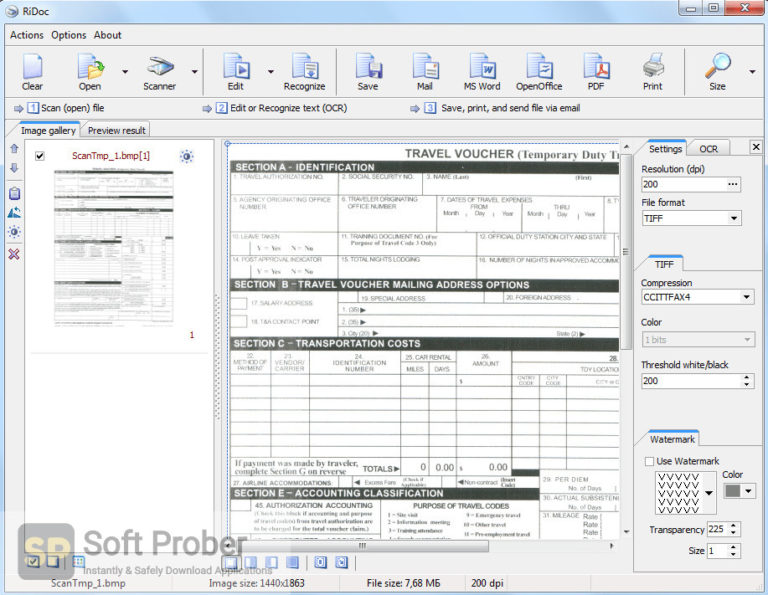

In some patients a subcapsular ‘halo’ or rim of echo-poor tissue can be seen which is thought to correspond to oedematous perfused tissue fed by capsular collateral vessels. In the immediate acute stage following complete arterial occlusion the affected kidney may be normal in size and have normal reflectivity but a small increase in size compared with the perfused contralateral kidney may be demonstrated. Unilateral renal artery occlusion does not produce renal failure and without Doppler may be difficult to detect with ultrasound. Sudden renal infarction can occur from various causes including atheromatous plaque haemorrhage, aortic dissection, emboli and traumatic avulsion. Allan, in Clinical Ultrasound (Third Edition), 2011 Renal artery occlusion In routine clinical practice, chronic RAS accounts for most cases of unilaterally small kidney. Blunt trauma usually fails to respect anatomic boundaries, resulting in irregular linear or segmental devitalized renal tissue with or without parenchymal disruption or subcapsular or perinephric hematoma.ĭiffuse unilateral renal disorders separate into two major categories: unilaterally small kidney and unilaterally enlarged kidney ( Table 4-9). Bilateral diffuse involvement and arterial microaneurysms characterize vasculitis (i.e., systemic lupus erythematosis and polyarteritis nodosa) and effectively exclude isolated embolic infarcts. In addition to embolism, etiologies of ischemia include vasculitis and renal trauma. The cortical rim sign reflects patent collateral circulation and develops 6 to 8 hours after onset. The “cortical rim” sign of preserved capsular/subcapsular enhancement overlying hypoperfused parenchyma reliably indicates ischemia over infarction and other etiologies (see Fig. Findings that favor infarction over infection include (1) absence of the striated nephrogram, (2) secondary findings (perinephric infiltration and fluid and urothelial thickening and enhancement), and (3) clinical signs of infection. The wedge-shaped region(s) of decreased enhancement, representing the renal tissue deprived of blood flow subtending the occluded renal artery branch, mimics hypoperfused segments in pyelonephritis with sharper linear margins ( Fig. Renal infarcts are usually embolic and rigidly observe segmental morphology as a function of renal arterial anatomy ( Fig.

In Fundamentals of Body MRI, 2012 Renal Infarct


 0 kommentar(er)
0 kommentar(er)
